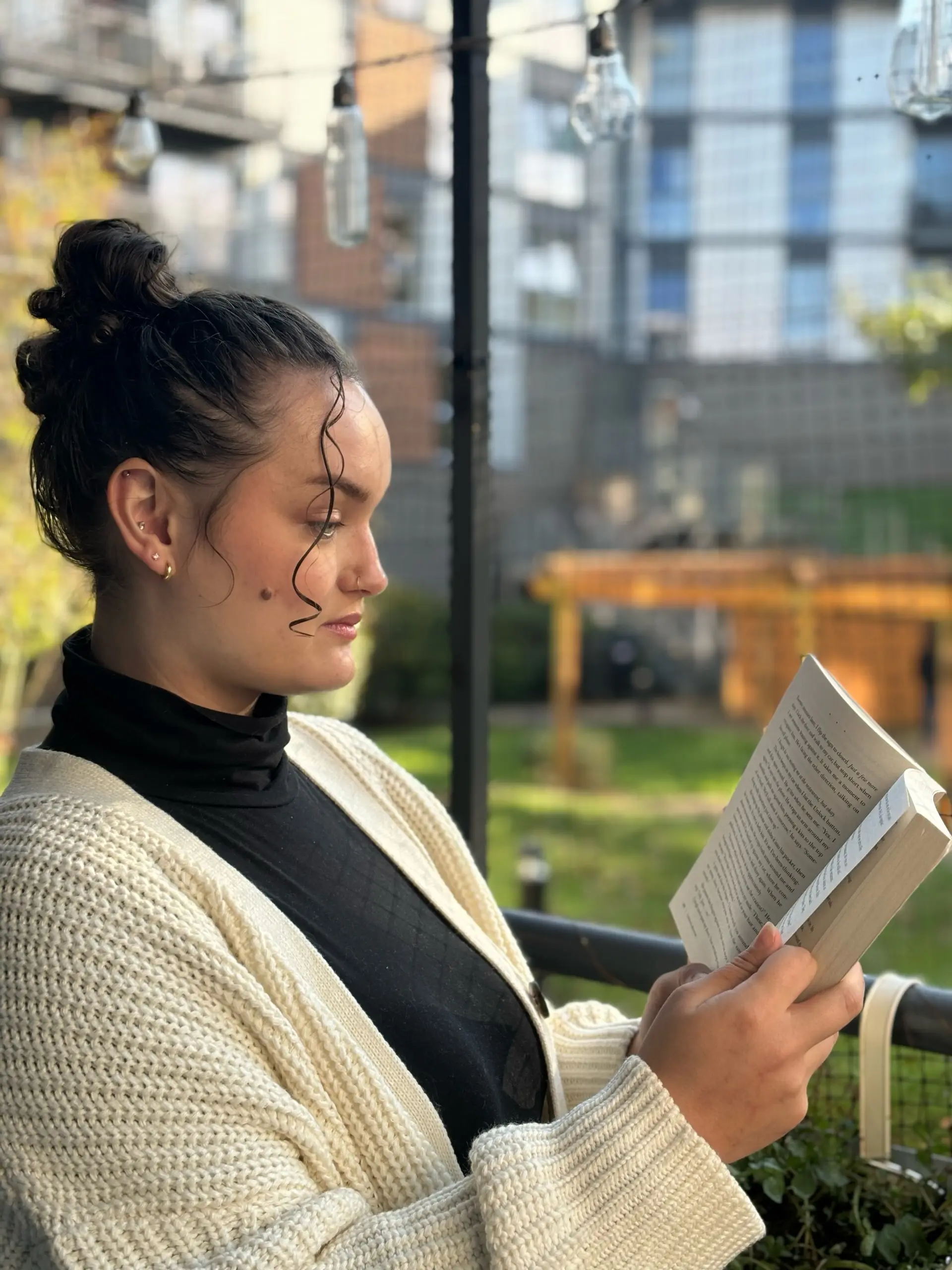Blog
·5 Things I Wish I Knew About EAL Students

Being located near many refugee and asylum hotels at my previous school, I encountered many EAL students during my time as a teacher, with some students being completely new to English.
In teaching these students, I was instructed to complete assessments to ascertain their EAL proficiency level but these tests did not give tangible provisions and strategies for supporting these pupils.
Ultimately, I ended up falling back on strategies I was confident with, putting these students into phonics interventions, ploughing on with a curriculum they couldn’t access and, I regret to admit, many of these students were given tasks that were below their cognitive ability and I was not fulfilling their needs fully in helping to develop their literacy skills.
So, here are five things I wish I knew about how to best support EAL students:
Technology is your friend
I was always scared to reach for a class iPad to give to my EAL students, fearing that they wouldn’t know where to begin or that it would be a source of distraction. With so many great EAL supportive programs like the Bell Foundation and even free resources, the world of technology within the classroom should be embraced. Even Google Translate™ and all its capabilities can be really useful in helping EAL students to decipher texts and tasks as well as helping to communicate. Think of ICT as a skill-building, complementary resource for the classroom.
Games can inspire
As an upper KS2 teacher, I always used to think games were separate from learning but incorporating games, drama and role play inspires creativity and collaboration – something that EAL students particularly need. Small group activities can help to support EAL students by leaning on others to fill in their gaps in knowledge and games can be used in any area of the curriculum.

Visuals!
We already know that EAL learners will heavily rely on visuals to help them decode vocabulary when they begin learning English but this is so crucial that I feel the need to reiterate. Presenting information visually, such as using graphic organisers, gives it contextual meaning so that EAL students can make sense of what is being taught. Coupled with the auditory presentation of the vocabulary, students can begin to build that correspondence and the building blocks of reading.
Take a step back
With such a huge range of EAL learners and their needs, it is important to accurately assess them and diagnose their specific gaps in knowledge to begin interventions, just like with our Lexonik Leap Diagnostic Assessment. EAL students need to build confidence and autonomy and phonics is a great place to start, even in secondary. Don’t be afraid to go back to basics to gauge where your students are at currently. Our Lexonik Leap program is specifically designed with EAL students in mind to be fast, focused and fun, where learners can see quick progress, incorporating games and visuals in small groups to enhance their learning.
Vocabulary
Just like learning any MFL, the backbone to assimilating a new language is vocabulary. From breaking down the meanings of words, students can begin to spot patterns (a useful metacognitive skill that applies to all areas of the curriculum) and perhaps identify cognates, strengthening their understanding of words. Our Lexonik Advance program looks at learning vocabulary by morphemic analysis of prefixes, root words and suffixes, which has been shown to be effective in learning a new language. Our Vocabulary+ package also provides a schoolwide, consistent approach to explicit teaching of vocabulary – including morphemic analysis – so that even those who are not literacy specialists can feel confident in supporting their students with new vocabulary.
Lexonik has plenty of evidence-backed, fully-resourced programs to help you support your EAL students and I only wish I knew then what I know now. To begin building your EAL learners’ literacy skills, contact Lexonik today to see how we can help you through our dedicated approach to ensure no one is limited because they can’t read.
*If you’d like to know how we work with schools to support EAL students and the teaching of EAL students, please get in touch. Start by emailing [email protected]